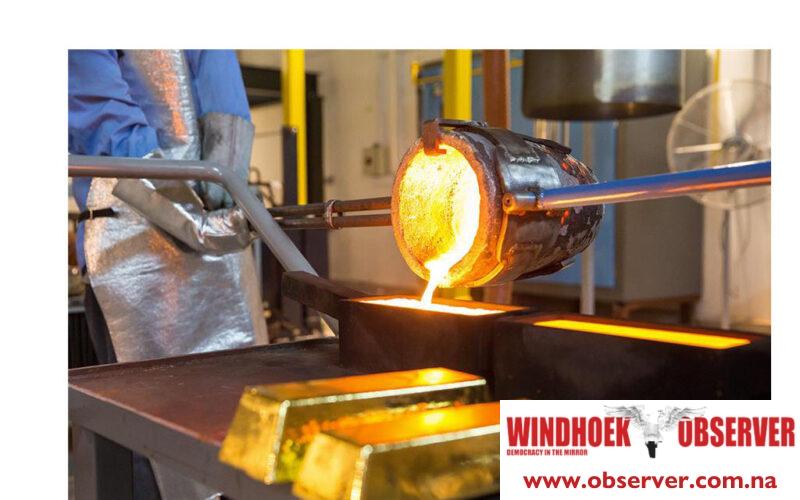Justicia Shipena
Six exclusive prospecting licences (EPLs) held by gold mining companies exceeded the legal seven-year renewal limit without ministerial approval.
This is one of several violations uncovered by a government audit released by the Office of the Auditor General.
The audit reviewed the licenses and operations of QKR Namibia, Navachab Gold Mine, B2Gold Namibia, and Osino Gold Exploration and Mining.
It assessed their compliance with mineral licensing laws between the 2020/2021 and 2022/2023 financial years.
Auditor general Junias Kandjeke said some companies failed to reduce their exploration areas during renewal as required.
The audit also found weak enforcement of licence conditions and poor oversight by the ministry of mines and energy.
“The audit revealed notable deficiencies in the enforcement and compliance of mining licence terms and conditions, especially regarding the disclosure of beneficial ownership and obligations to promote local skills development,” Kandjeke said.
QKR Namibia and B2Gold Namibia did not comply with section 50(e) of the Minerals Act. The act requires cooperation with local stakeholders for skills and technology development.
Meanwhile, QKR also failed to meet section 50(c) requirements for two consecutive years.
The audit flagged transparency issues in ownership structures.
QKR Namibia’s ownership was listed as 92.5% multinational and 7.5% Namibian, but the company did not provide documents to confirm who owns the multinational share.
B2Gold’s official ownership is recorded as 90% Mauritian and 10% Namibian. The company claimed its parent company is Canadian but submitted no proof, according to Kandjeke.
The report noted that Osino missed the one-month deadline to accept extra licence conditions.
It also failed to submit a clear shareholding structure, raising questions about how local stakeholders will benefit.
The report also found that the mines and energy ministry was also found to be non-compliant.
Kandjeke said the ministry could not provide documents that guide local participation, beneficiation, and research and development.
Only B2Gold consistently met capacity-building targets in all three years. QKR met the target in 2022/2023. Osino has not yet been evaluated, as it is still in the exploration stage.
“It is essential that the ministry ensures the timely submission of documents, facilitates transparency in ownership structures, and fosters sustainable development through local beneficiation,” Kanjeke said.
Namibia’s gold sector plays a vital economic role.
In 2023, gold output rose by 31%, reaching 9,800 kilograms. The sector’s GDP contribution grew from 9% in 2021 to 14.4% in 2023, driven by higher production from Navachab and Otjikoto mines.




